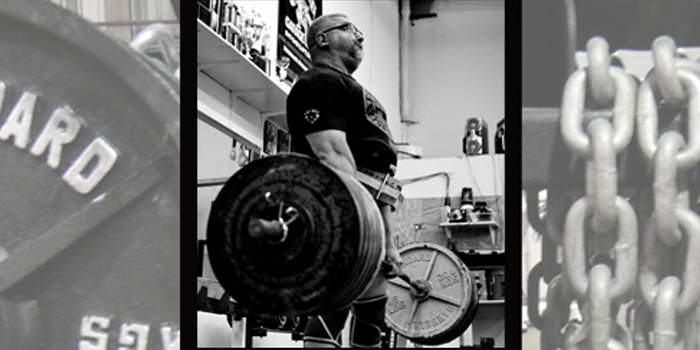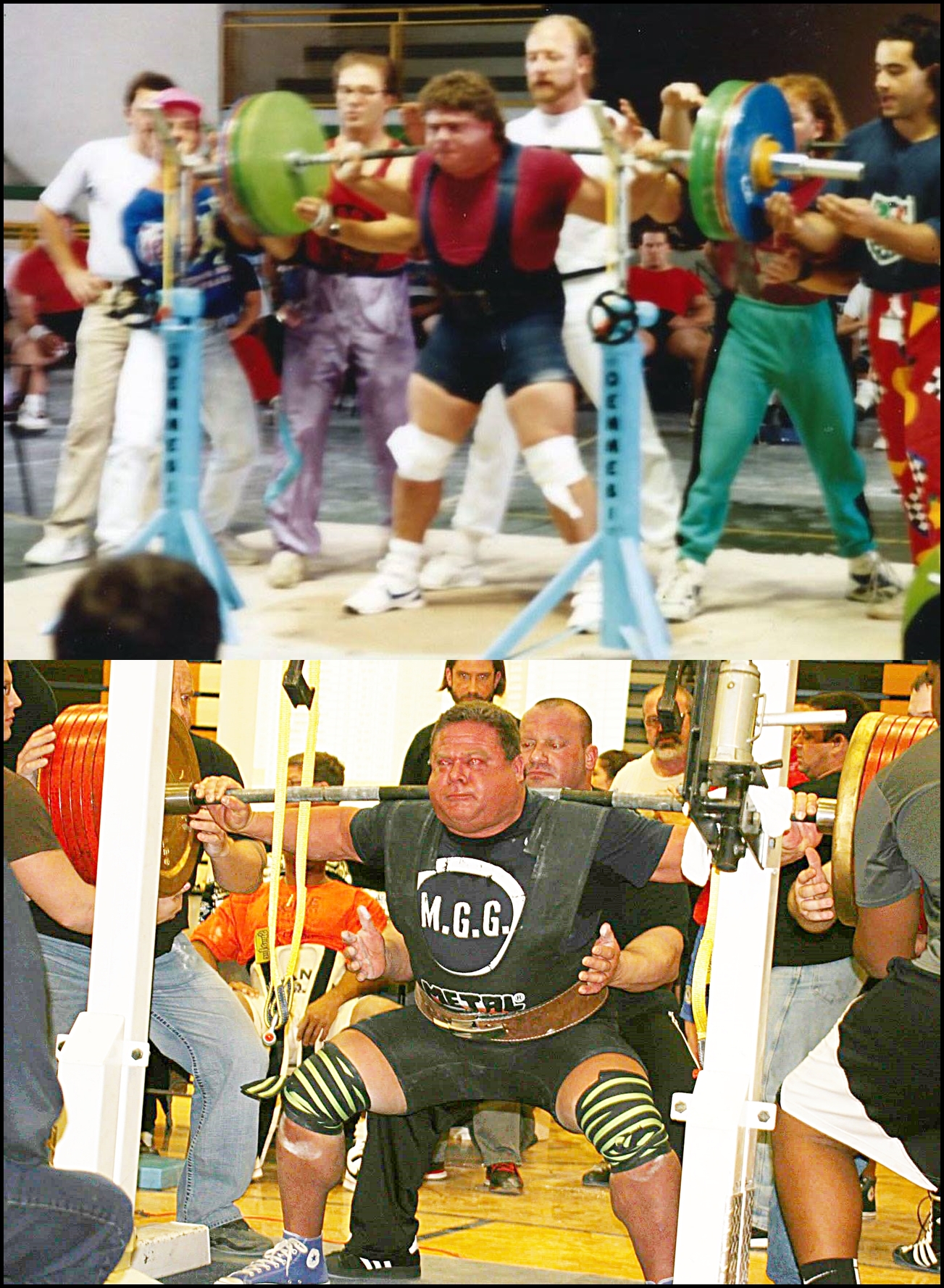
Many moons ago, I started off my powerlifting journey as a raw lifter. Because of that, for the next seven years or so, pretty much the only things I needed to pack in my bag for a meet were a singlet, my belt, shoes, socks, a T-shirt and my ammonia amps.
When I made the switch to “the dark side” and became “fake strong,” I really had trouble figuring out if the gear I was wearing was “good tight” or “too tight.” In other words, where was the line between the equipment helping me and me fighting the equipment?
Back when I first began wearing gear (in the mid 1990s), the briefs were pretty much just thicker shorts or a compression-type short. I found that I could keep them off or put them on depending on whether my body weight was a little heavier or a little lighter because the brief really didn’t give me too much back then. If I was a few pounds lighter, I put the brief on. A few too heavy, I would leave the brief off. Back then, for me the brief was a sizing tool, more so than for rebound, as the material was really pretty thin. In fact, sometimes the brief would roll up under the suit when I pulled the suit up over it, not unlike a cuff on pants, because the material was so pliable and thin. So just like a thick pair of socks can make your foot feel tighter in a shoe, thus was the use of those original briefs, for me anyway.
My squat suit was a first generation Frantz canvas, so another way to tighten or loosen the suit besides the brief was a little trick that Ernie showed me. What Ernie would do for me is cut out these small two-inch by four-inch canvas patches that were about one-eighth of an inch thick. If I was lighter, we stitched those little patches to the inside of the suit where your hips met the suit (one patch for the left and one for the right) and that would be the equivalent of taking in the suit, in total, say one-quarter of an inch. Or as Ernie would say, “Take it in a pinch.” By adding the material on the inside, those simple patches saved me the hassle of opening up the suit and making the suit smaller. If I needed the suit to be one-quarter of an inch larger, I just removed the patches. Pretty simple and an easy fix because that first generation canvas was also fairly forgiving by today’s standards.
As time passed and the level of aggressiveness of the brief material changed, the brief really became supportive instead of merely taking up space inside the suit. So when I wore a brief under my suit, there was little need for the little patch because the briefs were also thicker. Because of that thicker material, the suit measurement (when getting fit for a new suit) had to be much more accurate, as the suit materials were thicker and getting more aggressive as well.
I found that with the equipment being less forgiving, I was the variable that had to adapt. For one, I kept my body weight very consistent (within three or so pounds) between my training weight and my competition weight. The other variable I modified was how I measured for the equipment and what follows is something that you might consider doing if you aren't already.
WPC World Powerlifting Champion and 1,000-pound squatter Steve Brock. Lots of equipment modifications during the 25-year span represented in this photo.
In training, my personal approach was to warm up raw until I was at about 50 percent of my max weight on a heavy squat day. This way I was fully warming up my muscles, tendons, ligaments and joints by taking some full range of motion sets with some higher reps. Then I put on the briefs, warmed up some more and put the suit over the briefs. So now, when I take my measurements for briefs, I do so after my sets and reps because my legs are now warmed up and somewhat pumped up. That quarter to half an inch of pump with today’s brief is a significant measurement because the briefs are made of a far less forgiving material. Further, when I personally measure myself for the suit, I do so not only after warming up to 50 percent with a little leg pump but also with the briefs on. The reason being that I'm going to wear that brief under my suit so that is the measurement I need for the most accuracy.
It seems like common sense, but if I've seen it once, I've seen it a hundred times. Someone wants to order a suit, so he takes out the tape measure and takes his measurements when at home, cold, not pumped and not wearing briefs. When he gets his gear and tries to put it on, there isn't any way that wearing a suit slicker or using baby powder will make up for the half inch of leg pump and additional brief material now packed under the already non-forgiving suit material.
With the ill-fitted, too tight suit fit, the lifter has now crossed the line that I mentioned earlier with the equipment being “good tight” versus “too tight.” Thus, he finds himself fighting the equipment, sometimes to the point of needing near max weight just to get down to parallel. Unless you're a world class geared lifter, that isn't the position that you want to find yourself in.
So just like I've said in past articles, measure the bar distance from the bottom of the squat bar on the rack to the floor (after your heaviest set and with the bar loaded to that weight) to get your real rack height for the meet. I strongly recommend measuring for the equipment after being warmed up and with the same equipment variables that you'll have in the meet.
Lastly, if you've followed these measurement guidelines and you truly find yourself in between sizes, order a larger size because you can always make the suit smaller, but you can’t add new material to it.












2 Comments